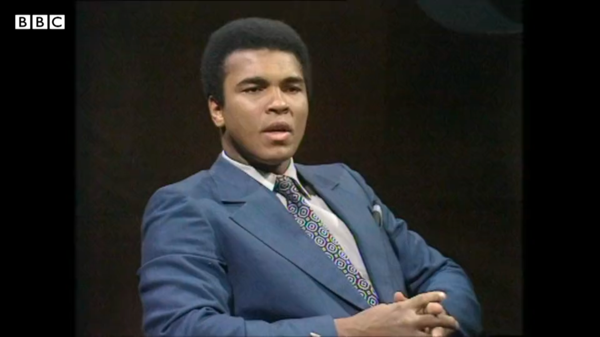I work with a lot of engineers, and we aren’t always the most approachable bunch. Between the abstruse jargon of our fields, the deep concentration our jobs require, and the occasional individual who lacks practice socializing (ehem), we can be rather prickly. I freely admit, as a younger person, I was particularly unapproachable: even compared with other engineers. However, over time, I’ve learned a lot. In fact, someone even called me “outgoing” a few days ago. Given my history, I found it so odd an experience that I started reflecting on what’s changed.
Body Language
The first thing which comes to mind, and probably the simplest, is a conscious use of body language. When someone approaches me at work, I have learned to deliberately take my hands away from the computer, and square up my shoulders to face the person. This has the effect of turning me completely away from my computer, and turning my eyes and face directly at the person talking to me. This unambiguously shows my visitor that they have my complete attention.
The second piece of welcoming body language I’ve learned is to smile and give a warm greeting. Perhaps its a little obvious, but enough other people I work with don’t do this that it clearly isn’t. By smiling, I not only make myself seem more approachable and cheerful, but it actually does make me more cheerful. Even if I’ve been dealing with something stressful or frustrating when the visitor approaches me, smiling almost forces a reset of my mental state so that I’m ready to be welcoming and helpful.
The last bit of body language I’ve changed is to adjust my position so that we share a comfortable distance and eye-line. If my visitor is standing, I’ll stand. If my visitor takes a seat, I’ll stay seated. Either way, I’ll shift so that we have approximately the same posture. Of course, I don’t pop out of my seat… that would just be weird. But if a conversation seems likely to be extended, I’ll make both of us more comfortable by matching up with the posture of my visitor.
Active Listening
Another skill I’ve been working on for a long while is active listening. Briefly, this is when you try to quiet your own thoughts when listening to another person, and deeply absorb what they’re saying. Then, when they’re finished, acknowledge what they’ve said before adding in your own ideas. This especially applies when brainstorming or debating with another person.
I think we all find it much, much more natural to be half-way listening to what someone else is saying, and half-way preparing our own response in our head. However, resisting the urge to do this makes it much more likely that I’ll actually hear and understand what the other person has to say, and that, in turn, will make it much more possible for me to have a sincere and honest conversation with that person. Over time, as people come to expect this from me, they feel much more comfortable approaching me with whatever question, request, or even disagreements.
Offering to Help
Another major change in my own behavior is that I’ve come to persistently offer to help other people I’m working with. Even when my time or ability to help is very limited, I try to offer what I can. Occasionally, this will lead me to over-commit myself (although using GTD helps a lot with knowing my limitations), but often the person either doesn’t need my help (but is appreciative of the offer), or only needs something fairly simple. Either way, when people come to trust that I’ll always be ready to offer what help I can, they come to feel much more comfortable approaching me with a question, or request. Even when I can’t always offer much help, they know I’ll freely offer what I can.
Being Optimistic & Action-Oriented
When I think back on all the people I’ve most enjoyed working with, this, above all, is the trait they all shared. By this, I don’t mean being some kind of ridiculous Pollyanna. Instead, think this attitude is contained in the question: “So, what are our options?” When faced with some kind of difficulty, whether its some difficult technical problem, or a difficult people problem, this question re-orients the discussion away from the uncertainty, stress, anxiety, guilt, and/or sadness the situation creates, and toward a positive future where things are better. Also, by asking for options, you start a positive process of working together, instead of attempting to assign blame for the difficulty.
✧✧✧
I expect in writing this, I’ve left out a whole bunch of things I’ve learned to do better over the years. I’m equally certain that I’ve left out a bunch of things I haven’t figured out yet. Got some of your own? Leave them in the comments below.


